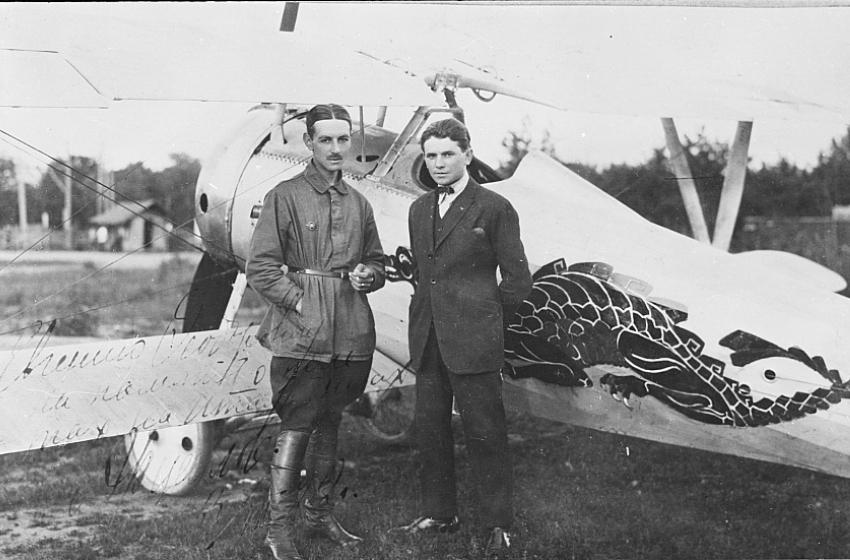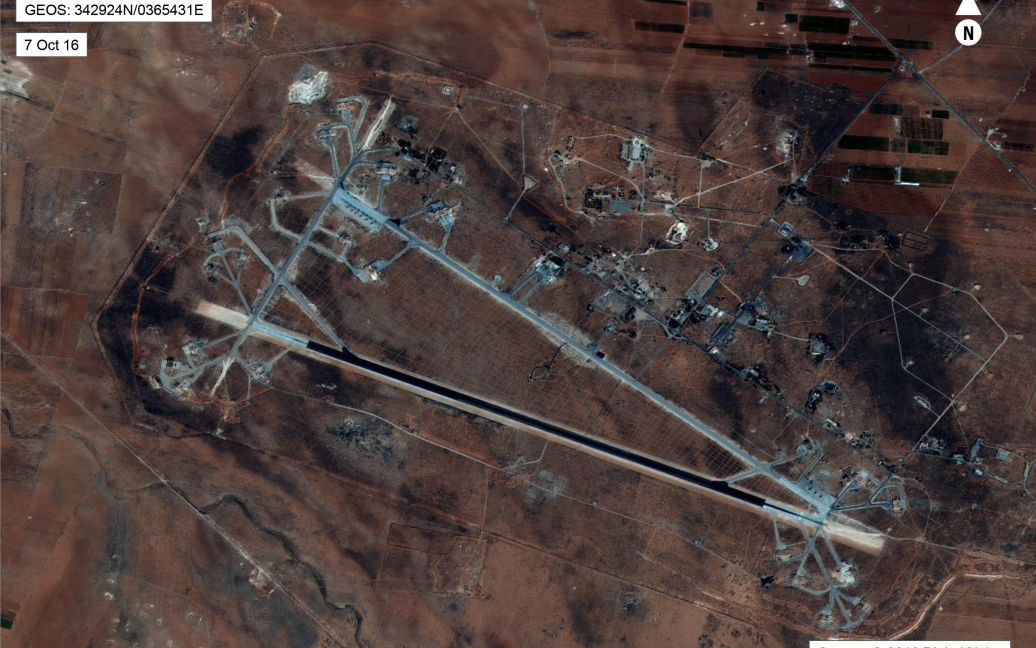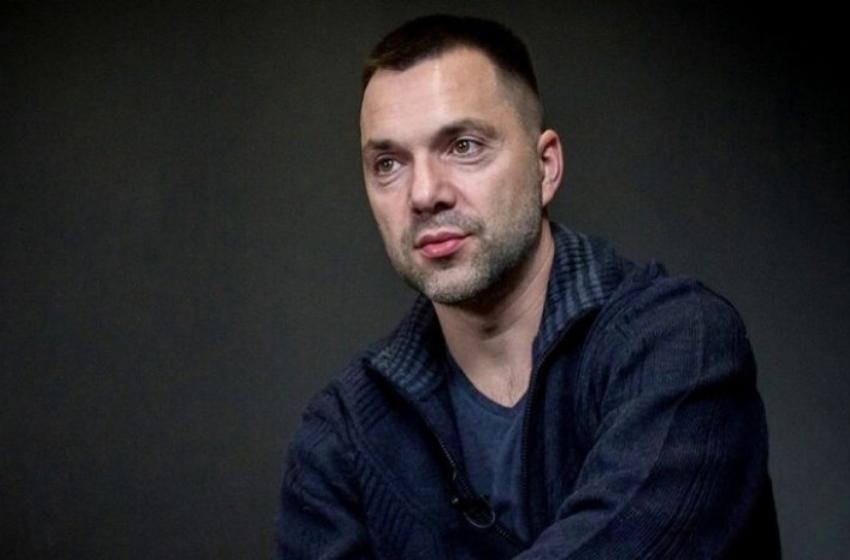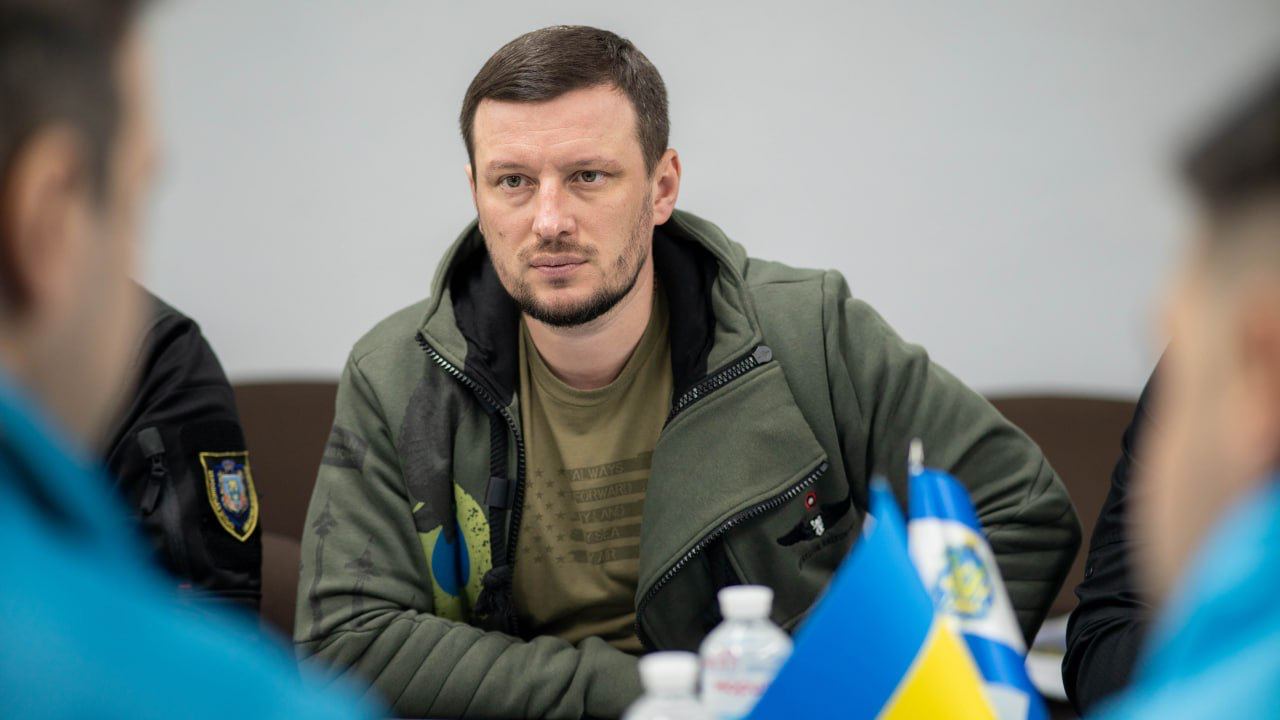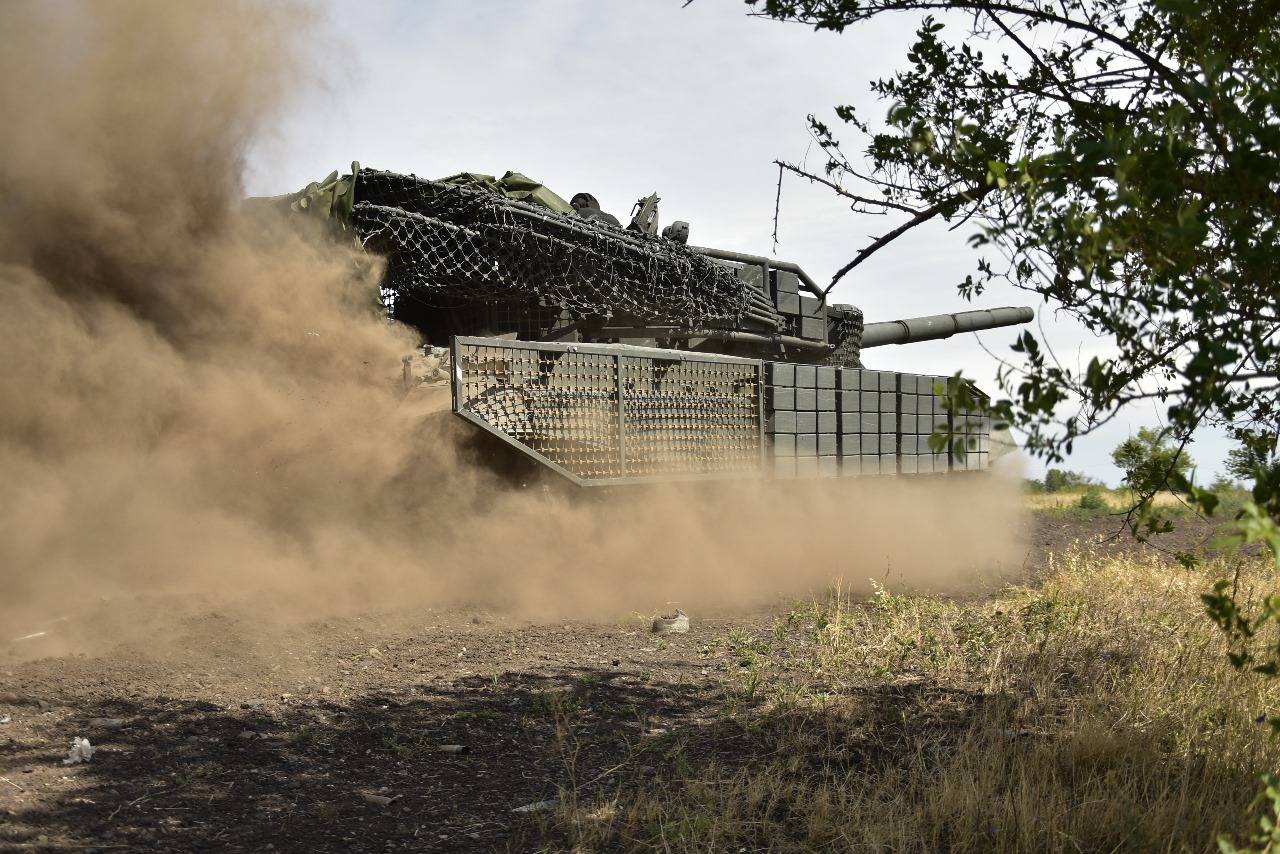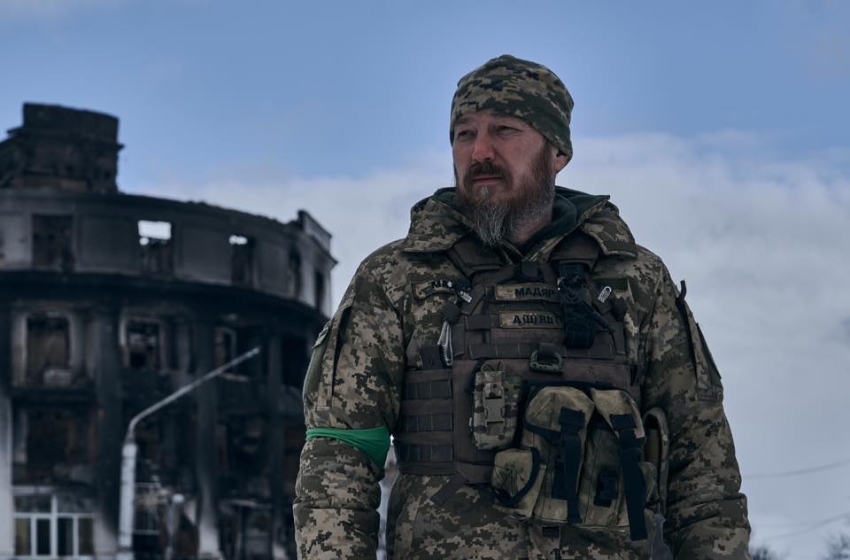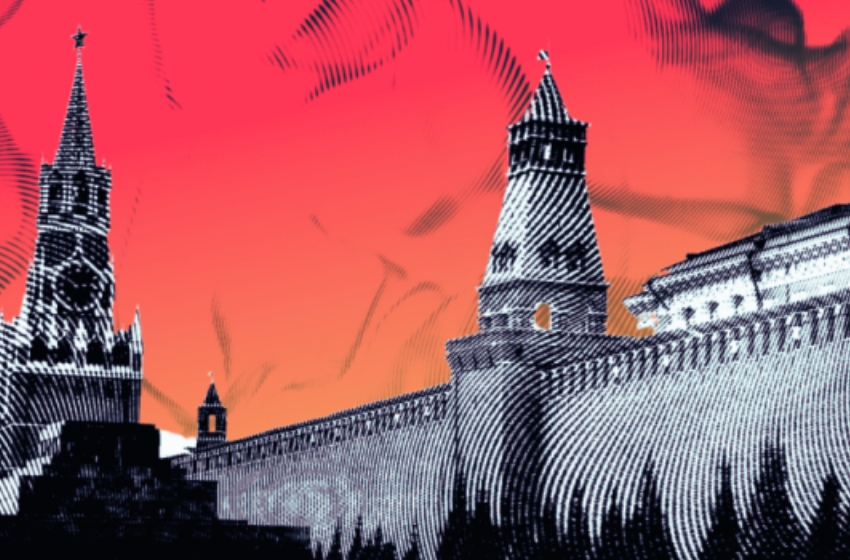On September 24, 1916, the pilot Konstantin Artseulov was the first in the world to deliberately put the plane into a spin and get out of it.
Many pilots died because of the spin, a stall of the plane resulting in autorotation, and the survivors claimed that the aircraft, starting to rotate, became uncontrollable. The plane fell with its nose to the ground and rotated, screwing itself into the air vertically downward. Hence the name: spin.
The life path of the grandson of the great Russian painter Ivan Ayvazovsky, son of Major General of the Corps of Naval Engineers, Konstantin Artseulov seemed quite obvious. Born in Yalta, he graduated from the school in Sevastopol and entered the Naval Cadet Corps in St. Petersburg. The fact that the cadet Artseulov was fond of painting did not surprise anyone: heredity. But he was wasting precious free time, designing aircraft!
Among the sketches of various gliders that have come down to us, the first date back to 1904. Less than a year ago, in December 1903, the first plane of the Wright brothers took off above the ground for a few seconds, and a dreamy Crimean youth is already creating his own project of an aircraft. And in 1908, Artseulov even built a glider according to his third project and made four short flights on it near Feodosia, near the family estate, until it crashed.

Photo: sevastopol.su
Problems with the lungs led to the fact that the cadet Artseulov was banned from compulsory naval practice before graduating from the corps and had to say goodbye to a sailor's career. There was still an opportunity to become an artist, like a grandfather, but Konstantin Artseulov failed the exam at the Academy of Arts. He began to engage in private, but in 1910 the dream of the sky took its toll: the frustrated sailor got a job as an assembly worker at the aviation plant of the First Russian Association of Aeronautics of Shchetinin and Co., which had just opened in St. Petersburg. For this, the education received in a school and a passionate craving for flying was quite enough.

Photo: voenspez.ru
First of all, he, a 19-year-old boy, after a single test flight on August 12, lifts into the air the plane "Russia-B" that has just been put on stream. After that, he becomes a student of the pilot school "Gamayun," which opened at the plant. And a year later, he received a pilot license number 45 - that is, he is one of the hundred first pilots of Russia.
The newly minted pilot Artseulov did not stay in St. Petersburg. However, he was probably persuaded: there were not enough experienced pilots who could test the planes of the Shchetinin plant. But Konstantin was attracted by the possibility of free flights, and he returned to his native Crimea, where he became a pilot instructor of the Sevastopol flying club.
He had to fly on the only airplane "Bleriot" with an engine with a capacity of only 25 horsepower, but he was almost always at the service of a young instructor. However, not for long: in September, Konstantin Artseulov was called up for military service and sent to the Crimean Cavalry Regiment.
This was the choice of Artseulov himself: he went to the service as a volunteer, only for a year, and he chose the place of service himself, taking advantage of the provided privilege. In addition, there were simply no aviation units in the Russian army at that time, and even training in officer aviation schools was often organised in their free time. And being in the status of a volunteer made it possible to get the rank of warrant officer before leaving the reserve and from time to time to visit Sevastopol in the flying club.

Peaceful life did not last long: in July 1914, Artseulov was again drafted into the army. According to his recollections, Warrant Officer Artseulov spent the first eight months in raids on the front line.
And only after being wounded in another raid, the 23-year-old officer had the opportunity to transfer to military aviation. The petition sent by him was granted, and in March 1915, Konstantin Konstantinovich was sent to study at the Sevastopol Aviation Officer School. It is worth noting that, although his flying experience almost surpassed that of his teachers, Artseulov during his studies at school, was distinguished by strict discipline and respect for instructors.
A little later, when he becomes an instructor of the Sevastopol school, his students will show him the same respect.
And in 1915, after completing a seven-month course for military pilots, Warrant Officer Artseulov joined the 8th Corps Squadron on the South-Western Front. Here he demonstrated what a talented pilot is capable of. Artseulov flew over 200 sorties and conducted 18 air battles in just a year of front-line flights, earning two military orders.
And shortly before he was returned to Sevastopol to share his experience with other young pilots, he also received the St. George weapon for bravery, one of the most respected officer awards. The reason for the award was the courage with which the pilot Artseulov made reconnaissance flights before and during the famous Brusilov breakthrough.
Courage and flying skills helped the pilot to cope with the uncontrolled fall of the airplane and turn it into an aerobatics figure. As Konstantin Artseulov himself recalled, analysing the behaviour of the aircraft in a "spin", when no elevator movements help, he came to the conclusion that the main mistake of the pilots was an attempt to raise the nose of the aircraft. Instead, Artseulov decided, they should lower the nose even more, directing the airplane perpendicular to the earth's surface, and only after that try to take it out in a dive.

Over the next ten years, the pilot Artseulov did an incredible amount for Soviet gliding. Among the fans of free flight, who worked on glider designs with him, there were such future celebrities as Alexander Yakovlev and Sergey Korolev, Oleg Antonov and Sergey Ilyushin. A pilot of the highest class, flying on airplanes of 50 different types and having over 6 thousand flight hours, in 1933 Artseulov was repressed on a denunciation and sent into exile in Arkhangelsk, where he lived for 14 years. He worked there as a minder on a boat.
He never returned to aviation. But with all the passion that distinguished him as a pilot, he devoted himself to another hobby of his youth: drawing.

Photo: forums.airbase.ru
He illustrated books of other pilots, painted pictures - and remained a center of attraction for many, many companions in the sky, for whom his house was always open …









